Explore the Crazy World of Itasha: The Amazing Fusion of Anime and Automobiles
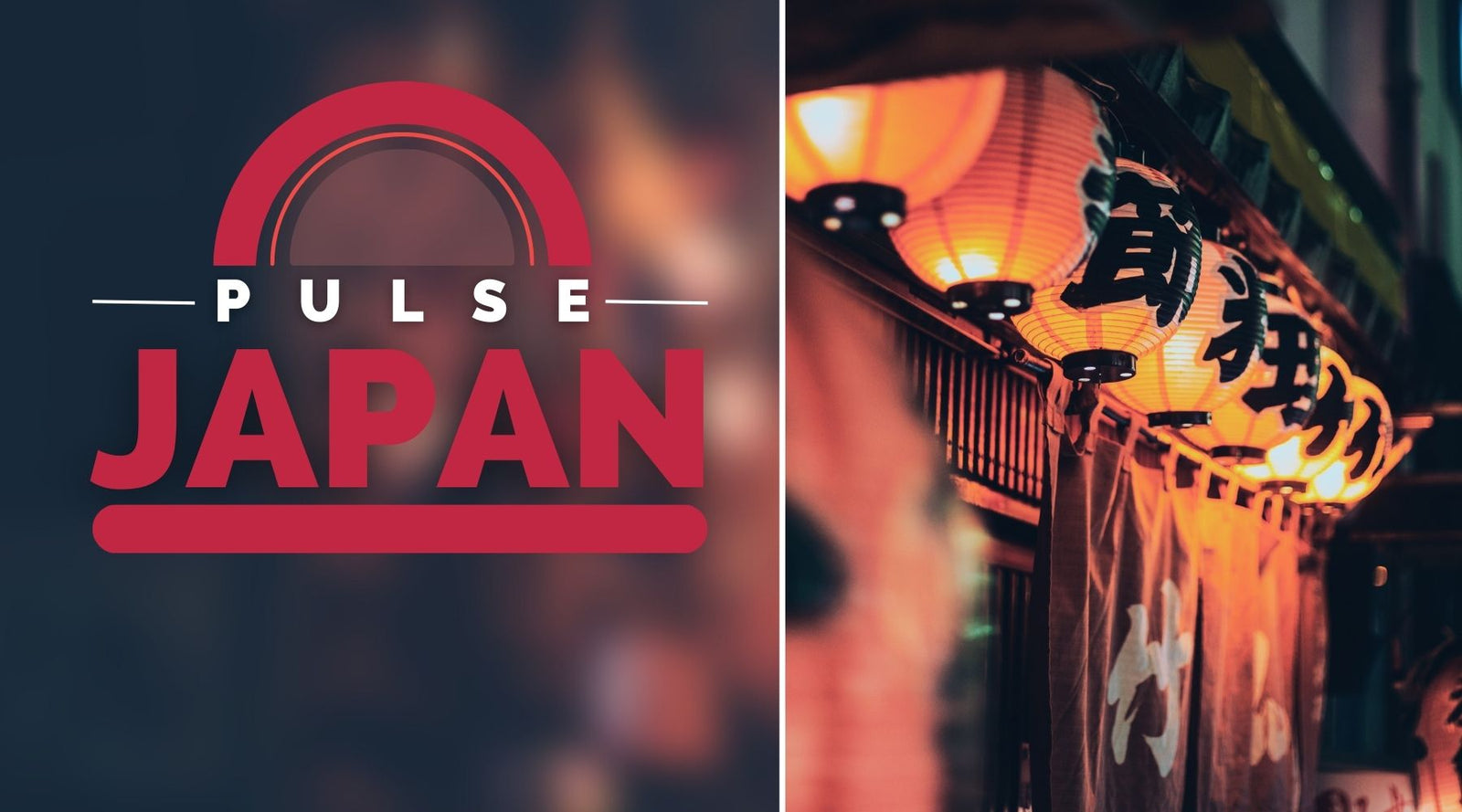
Ladies and Gentlemen, start your engines and prepare to rev up your otaku spirit. Welcome to the neon-lit, high-octane world of Itasha - where horsepower meets "moe" power, where speed meets "kawaii", and where the rubber of anime fandom literally hits the road. This is a world where cars are not just vehicles, but moving canvases for our favorite anime, manga, and video game characters. So buckle up, because we're about to take you on a wild ride through the dazzling fusion of Japanese pop culture and automotive artistry. And remember, in this universe, it's not just about going fast - it's about going fast with style, flair, and a whole lot of anime love!
Introduction to Itasha
What is Itasha?
Itasha (痛車) is a Japanese term meaning "painful car." It refers to cars that are heavily decorated with anime, manga, or video game characters. These elaborate and colorful designs cover the entire exterior of the car. From the hood to the doors, roof, trunk, and even wheels, an itasha is instantly recognizable thanks to its vibrant graphics of popular characters.

Itasha originated in the 1990s amongst Japanese anime and manga fans. They wanted to express their fandom by customizing their cars with vinyl wraps and paint jobs of their favorite characters. This trend started small but exploded in popularity in the 2000s. Now itasha can be seen cruising the streets of Japan and making appearances at anime conventions around the world.
Creating an itasha is an extensive and expensive process. Owners commission professional wrap shops to design and apply large, full-color graphics that cover the car. High-quality vinyl wraps and paint jobs can cost thousands of dollars. But for dedicated fans, the chance to ride around in a moving tribute to their favorite anime is worth the investment.
Itasha is much more than just decorated cars. They represent a passion for anime, manga, and video games. Drivers take pride in their itasha and are eager to discuss the characters and series featured on their vehicles. Stoplight meetings where owners chat about each other's itasha are a common occurrence. The eye-catching cars often draw attention from non-fans as well, sparking conversations about the culture.
Origin of Itasha
The origins of itasha can be traced back to the 1980s when anime and manga fandom was proliferating in Japan. Enthusiasts began decorating their cars with airbrushed illustrations of popular characters as a way to express their interests. The term "itasha," meaning "painful car," was coined in the 1990s as the trend spread.

Several key developments caused itasha to explode in popularity in the late 1990s and early 2000s:
-
Advances in vinyl wrapping technology allowed for full-color, high-quality graphics to cover cars.
-
The launch of major anime series like Neon Genesis Evangelion and Initial D inspired new fans.
-
Japan's booming economy meant more young people could afford cars and customization.
Itasha owners formed car clubs to share their passion. Books and magazines about itasha started being published, spreading the trend further. Today itasha is a fixture of Japanese car culture, with rare models fetching high prices.
While Japan is the birthplace of itasha, the trend has spread worldwide thanks to the internet and anime's global fanbase. Itasha can now be spotted at comic conventions and car shows across Asia, North America, and Europe. The fusion of anime and the automobile continues to captivate fans around the world.
Exploring the Subculture
Designs and Decorations
Itasha designs are characterized by their colorful, eye-catching graphics of anime, manga, and video game characters. Cars are wrapped in high-quality vinyl decals or given custom paint jobs to transform them into moving works of art.
Popular itasha themes include:

-
Individual characters, like Naruto or Luffy
-
Couples or romantic scenes
-
Series logos and catchphrases
-
Iconic scenes or moments
-
Multiple characters and crossover themes
Vibrant colors, dynamic poses, and large-scale graphics are common in itasha style. The most dedicated owners customize multiple parts of the car including hoods, doors, roofs, trunks, wheels, and interiors. Anime pinstriping, custom license plates, and interior accessories like steering wheel and seat covers help complete the look.
Creating an itasha wrap is an intricate process requiring digitally edited designs. Most owners work with professional wrap shops to implement their vision. Costs usually range from $2000-$5000 but can go much higher depending on the complexity.
Differing Types of Itasha
While anime and manga itasha are the most common, the term has expanded to include other design themes:

-
Manga/anime itasha: The original style featuring anime, manga, or video game characters.
-
Idol itasha: Decorated with J-pop idols like AKB48 members.
-
Company itasha: Promotional car wraps featuring brands like Coca-Cola and Red Bull.
-
Novelty itasha: Humorous or unique themes like food mascots or animals.
Regional trends have also emerged. Osaka is known for wild colors and outrageous designs. Cars in Nagoya tend to feature model trains and robots. Yamanashi Prefecture favors animal and flower motifs.
While most itasha are eye-catching and vibrant, some owners prefer "stealth itasha." These have subtle paint jobs or small decals that only fellow fans recognize. This allows them to avoid unwanted attention while still repping their fandom.
The Impact of Itasha
Influence on Automobile Industry
The itasha trend has had some surprising impacts on the broader car industry in Japan:
-
It helped popularize car wrapping as an alternative to painting.
-
Youth-oriented brands like Honda embraced itasha to appeal to otaku.
-
Rare itasha models like the Suzuki Cappuccino have gained collectible status.
-
Itasha drawing attention to anime has been used for crossover marketing campaigns.
Major wrap shops like Avery Dennison have benefited from the business of itasha enthusiasts. Carmakers like Toyota and Nissan have taken notice of itasha culture. Some brands sponsor itasha events or produce anime collaboration models.
The popularity of itasha has also influenced automobile trends beyond Japan. Anime car wraps are becoming more common in other Asian countries like China and Singapore as well as Western nations. Itasha is having a small but noticeable effect on global car culture.
Itasha in Pop Culture
Itasha has become ingrained in otaku culture and pop culture worldwide:

-
They frequently appear in anime and manga series, like Wotakoi and Densha Otoko.
-
Itasha are popular subjects for figure models and cosplay.
-
Car enthusiasts around the world import itasha styled accessories.
-
Itasha photo books and videos draw millions of views on sites like YouTube.
The 2020 Tokyo Olympics brought itasha even more international exposure. The official Olympic fleet in Tokyo included several itasha decorated vehicles. These colorful cars charmed visitors and showed off a unique aspect of Japanese culture.
Itasha has also been featured in Hollywood films, like the Fast and Furious Tokyo Drift movie. As anime continues to gain popularity globally, itasha serves as an instantly recognizable symbol of otaku culture. They capture a passionate form of self-expression through automobile custom
customization that resonates with fans worldwide.
The Appeal of Itasha
So what is it about itasha that captivates so many fans and drivers? Here are some of the major appeals:

-
Creativity: Itasha allows for enormous creativity in customizing a car into a moving, 3D canvas.
-
Fandom: Drivers can proudly display their passion for anime, manga, or idols.
-
Attention: Itasha grabs attention and spreads interest in the featured characters.
-
Community: Itasha owners form a subculture for sharing their niche interests.
-
Personalization: Each itasha is a unique creation tailored to the owner's tastes.
Itasha are more than just decorated cars - they are an expressive art form. For many enthusiasts, their itasha is intimately connected to their identity as an otaku. The eye-catching rides build community around shared interests in anime, manga, and other subcultures.
Controversies Surrounding Itasha
While beloved by fans, itasha has also garnered some controversies over the years:
-
Some find their flashy designs distasteful or embarrassing.
-
Critics associate itasha with bad driving or street racing.
-
Explicit graphics of scantily clad female characters have drawn criticism.
-
Local governments have attempted to regulate itasha.
However, itasha owners are quick to note that the majority of drivers are harmless enthusiasts who simply enjoy decorating their cars. Still, perceptions that itasha promotes reckless driving or objectification of women persist in some circles.
There is also debate within the scene over what counts as an itasha. Some fans argue cars should only feature anime and manga graphics, while others believe other themes qualify. As the trend spreads globally, policing what is or isn't itasha may become harder.
The Future of Itasha
Looking ahead, itasha seems likely to maintain its popularity and visibility:
-
Advances in wrap technology will allow for even more elaborate designs.

-
Rising disposable income in Asia will enable more young fans to build itasha.
-
Anime's growing reach worldwide will drive interest in youth subcultures like itasha.
-
Itasha may evolve from a niche hobby to an accepted automotive art form.
It will be exciting to see how itasha culture develops in the coming years. New technologies like projection mapping could enable interactive and animated itasha. Collaborations with carmakers could produce anime-inspired production models. The passion for combining anime and automobiles shows no signs of fading anytime soon.
Conclusion
Itasha demonstrates creativity, passion, and community within niche subcultures. What began as a humble trend in Japan has exploded into an automotive art movement with global reach. For itasha owners, their cars are a form of self-expression celebrating what they love. The eye-catching rides bring joy, connections, and inspiration to anime fans worldwide.
Itasha breathes colorful life into ordinary cars and transforms them into fabulous mobile art. With their vibrant graphics, enthusiasm for anime, and welcoming community, itasha represent a uniquely Japanese automotive subculture that has won fans across the globe.











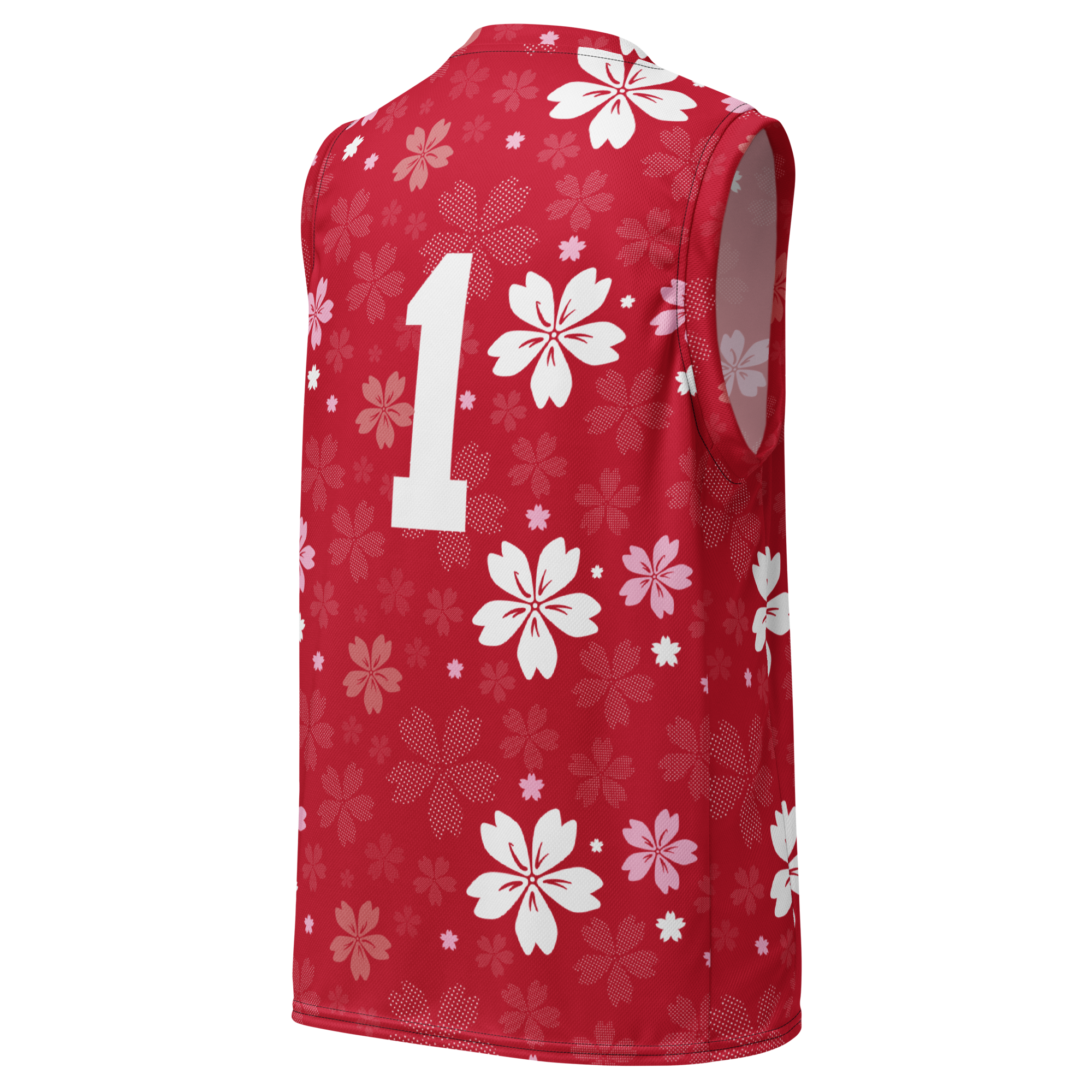
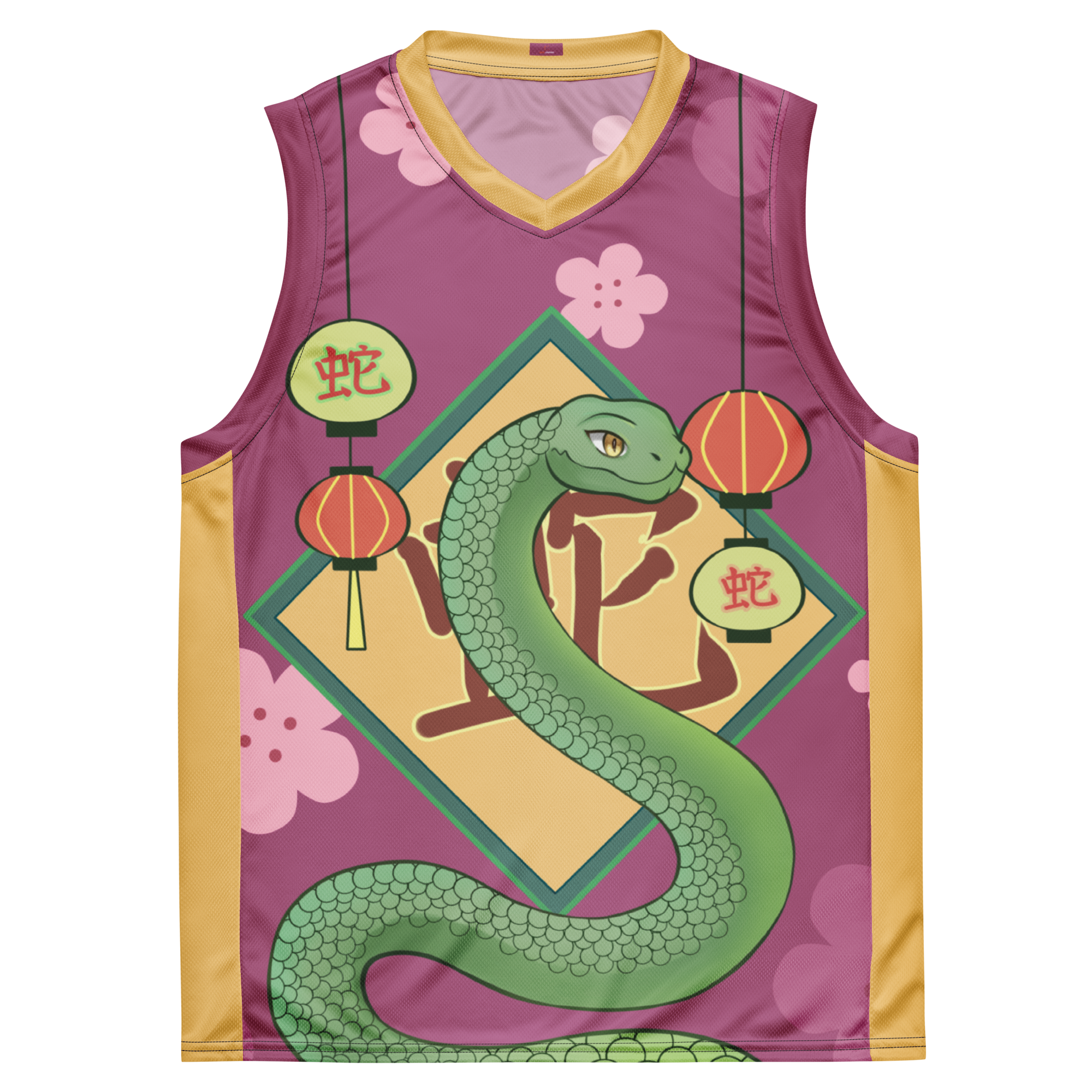
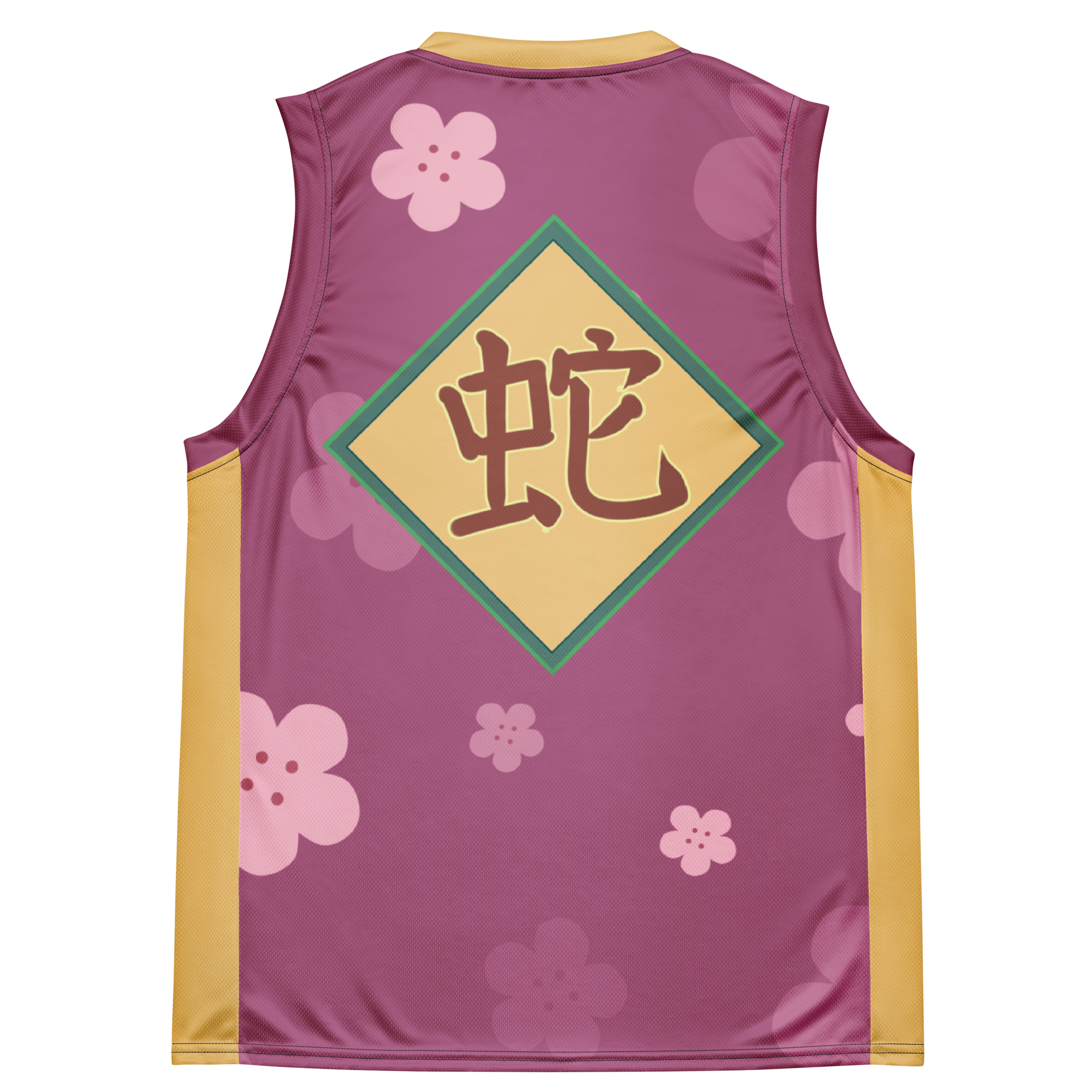
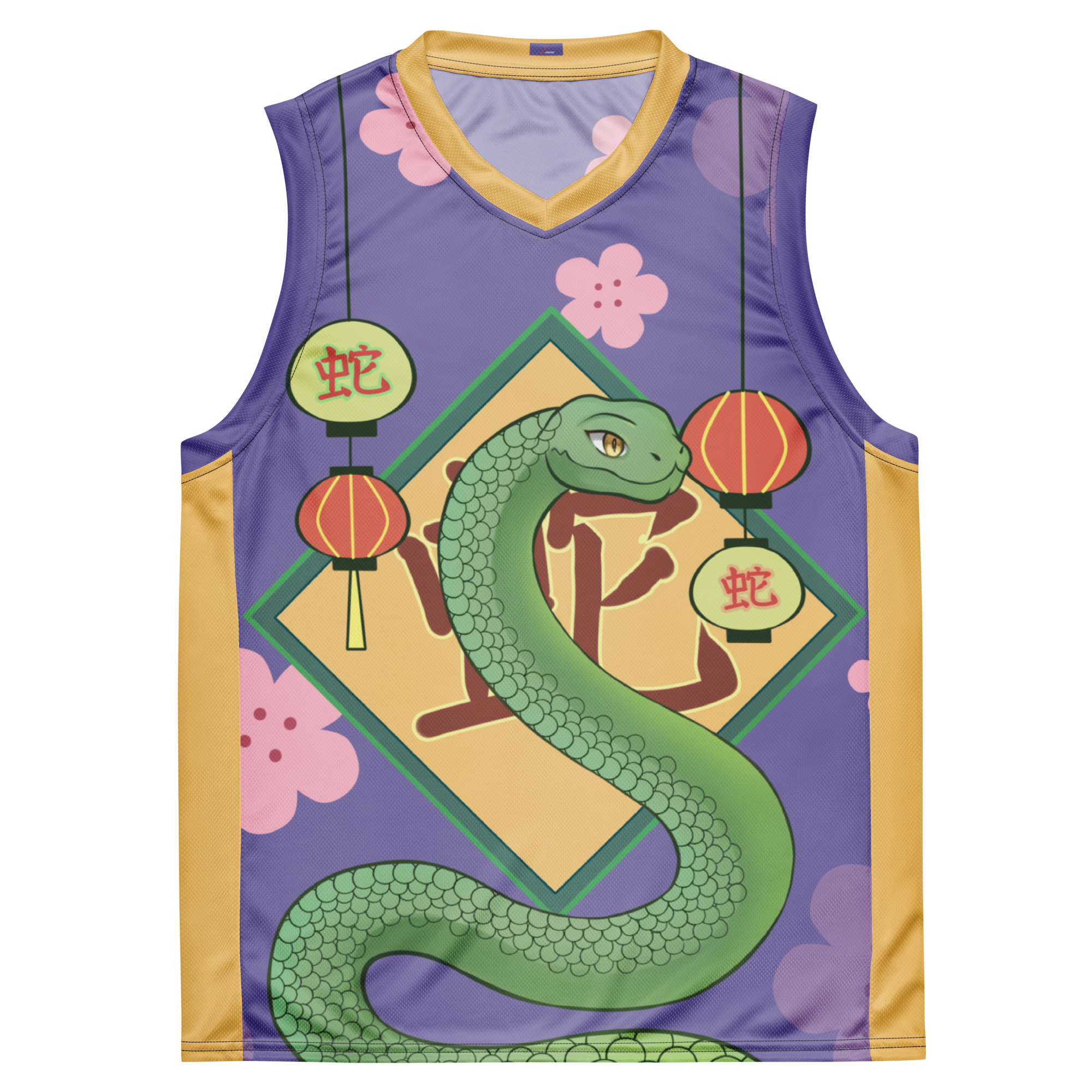
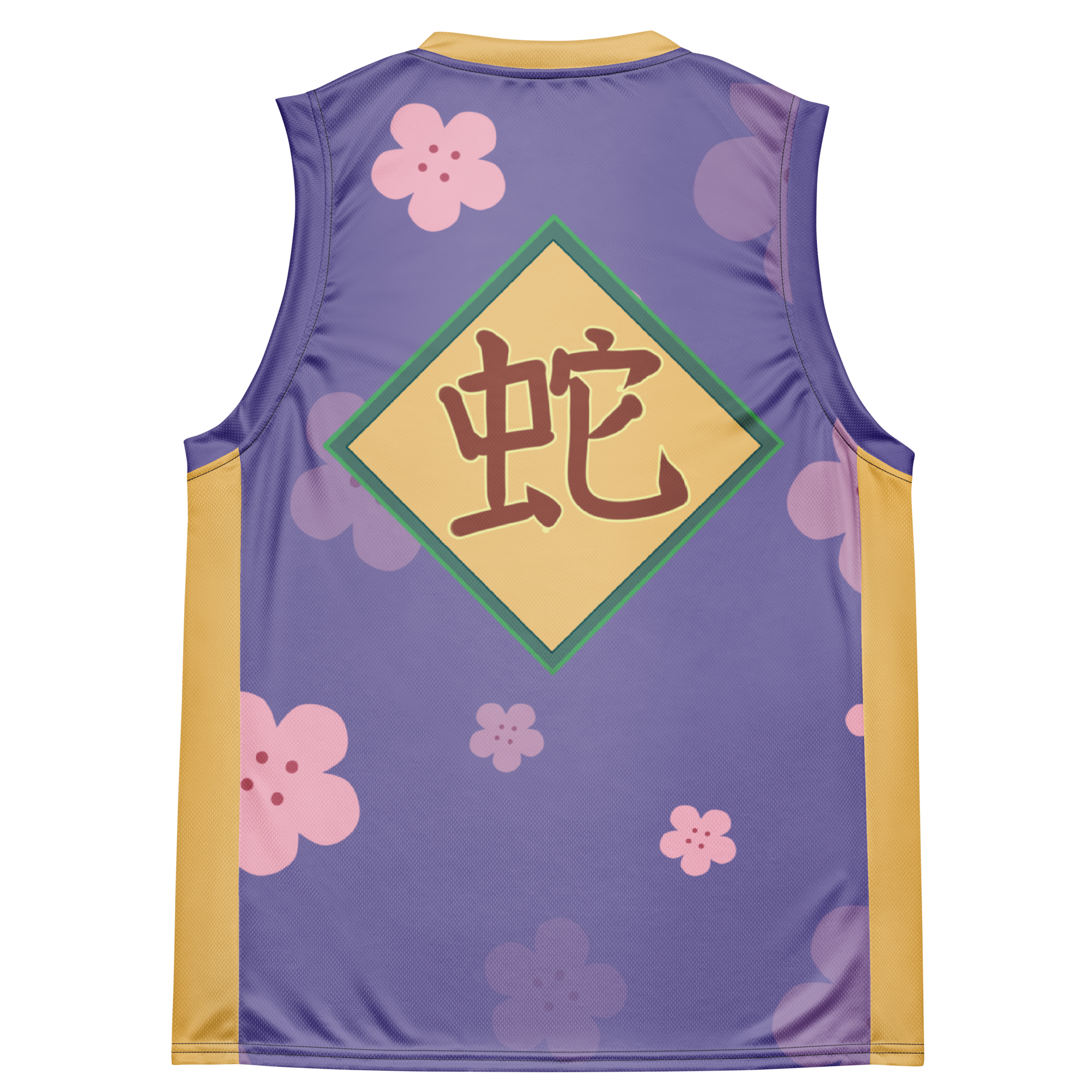
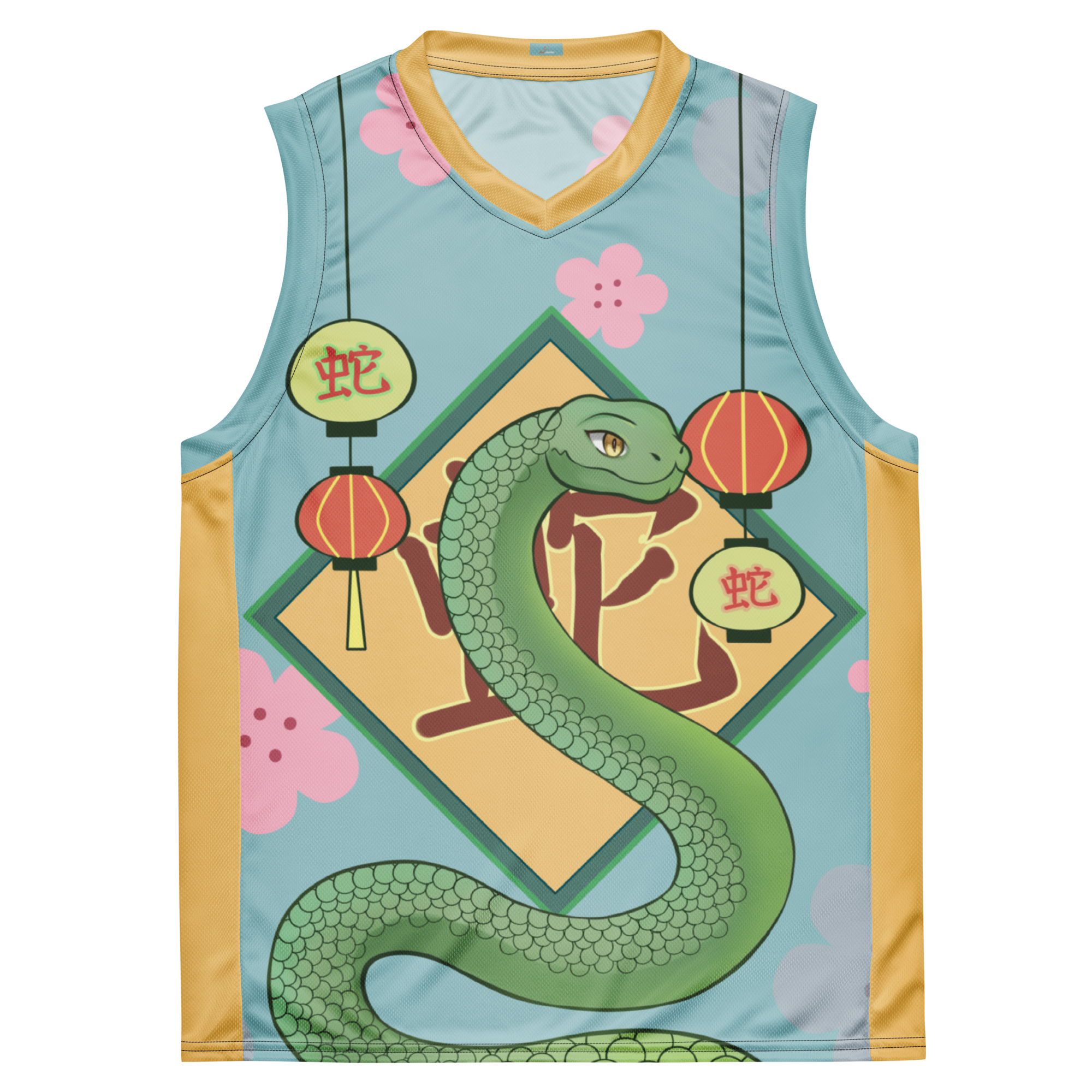
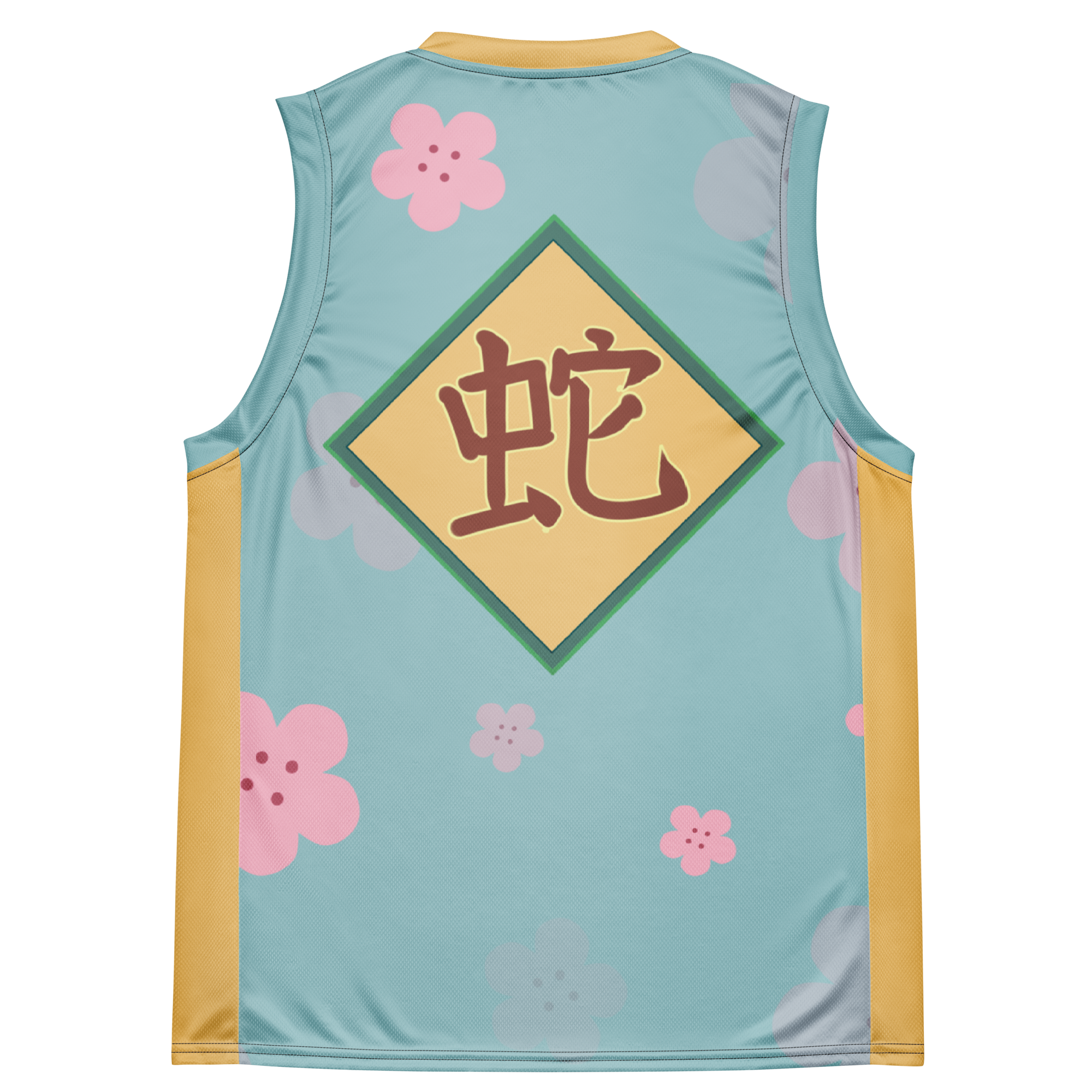
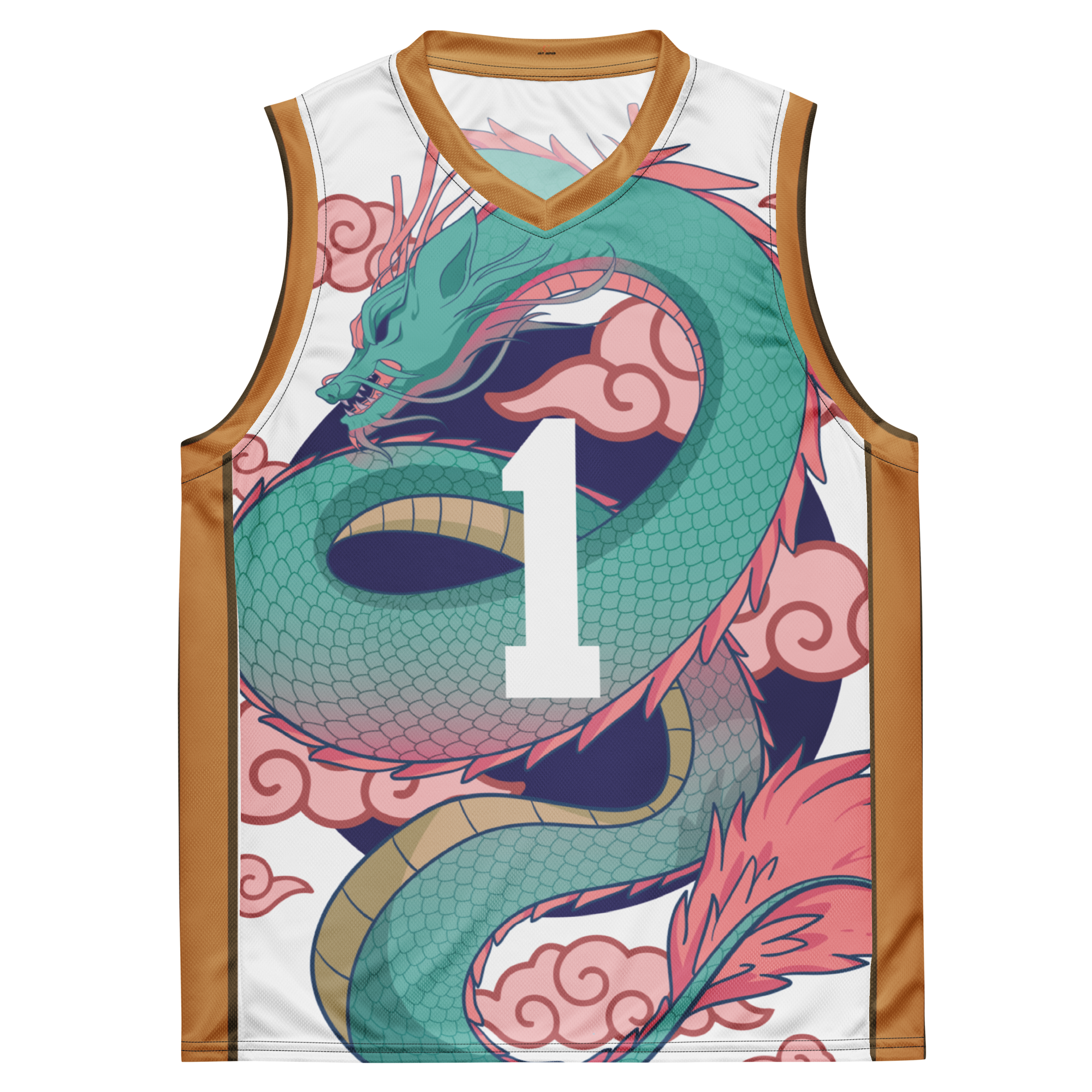
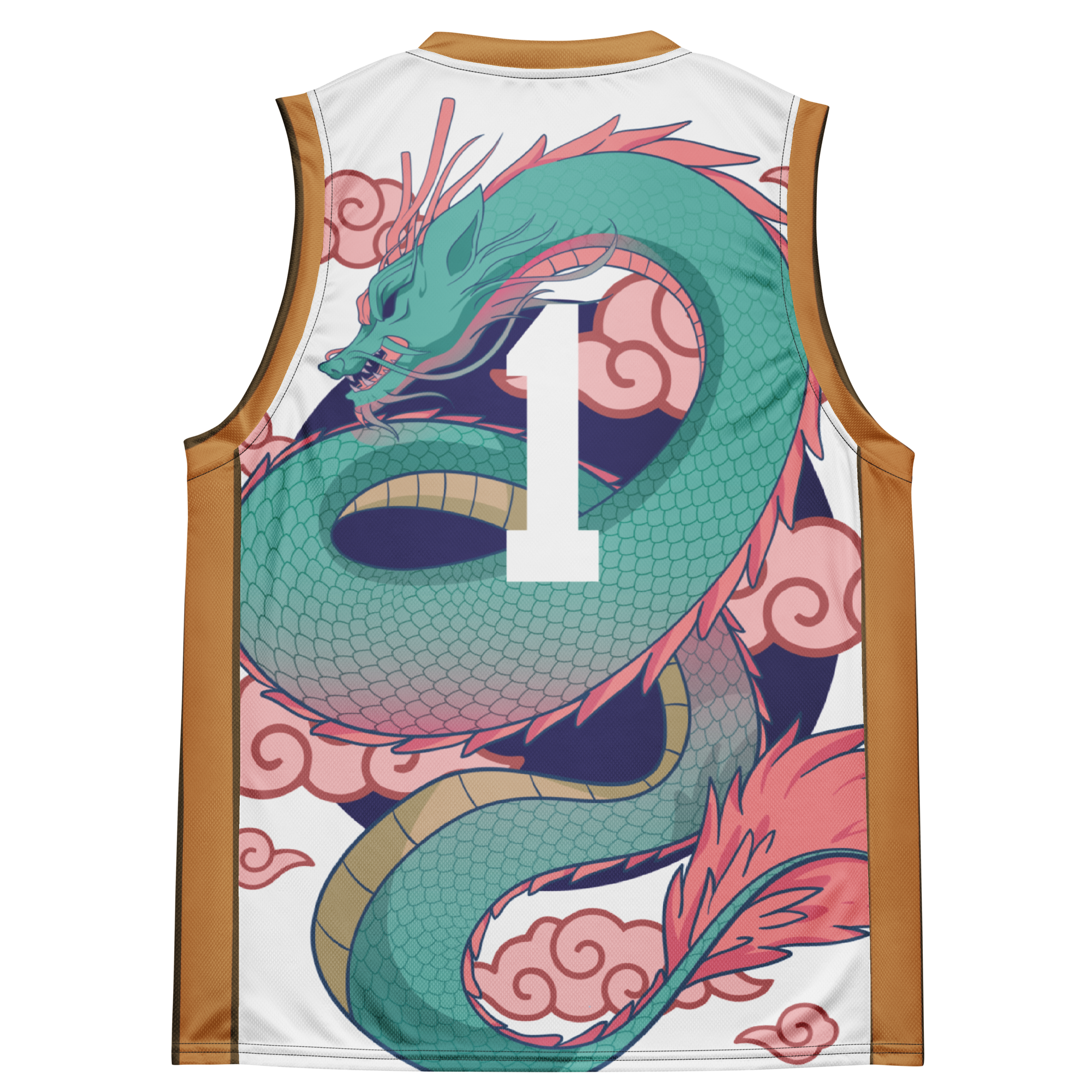
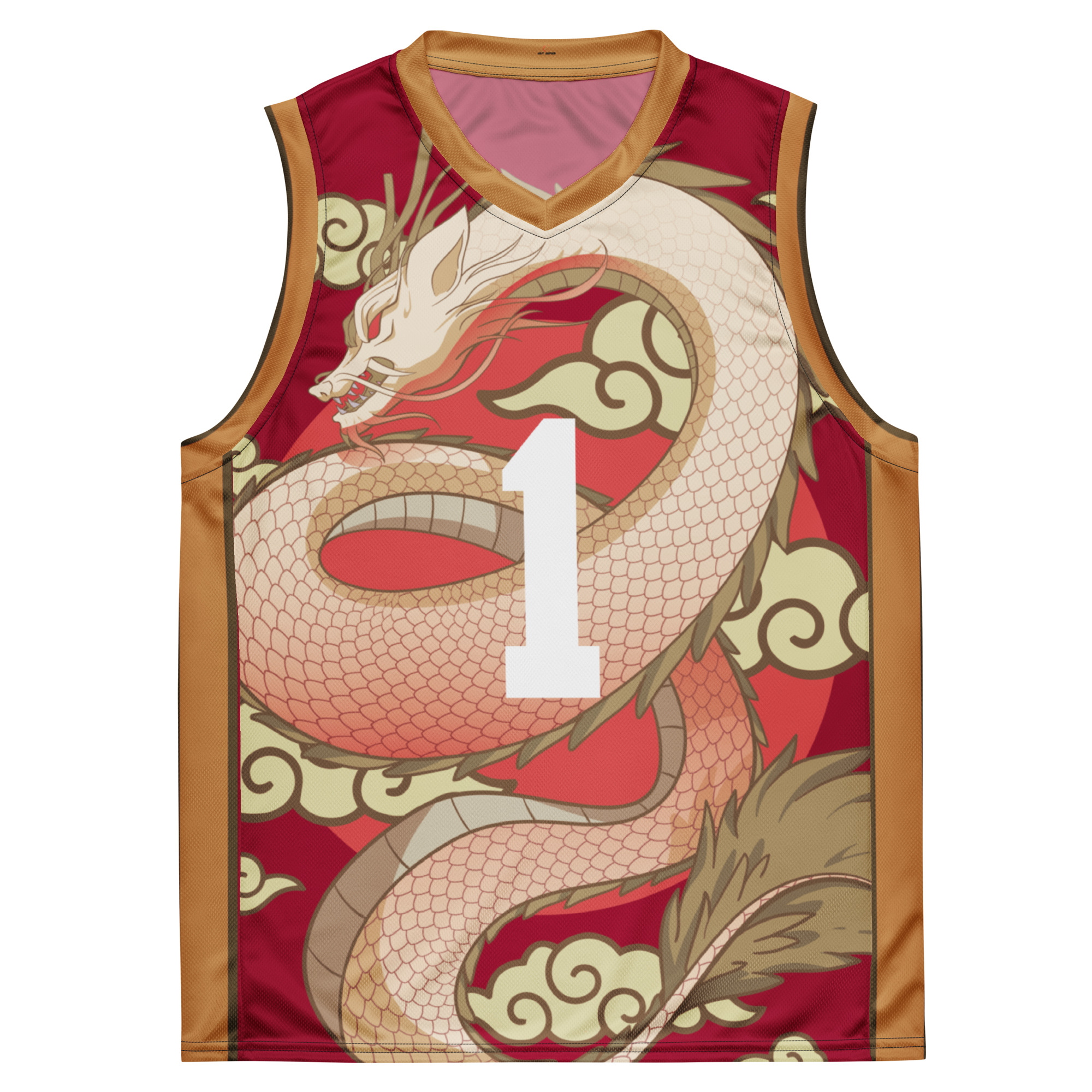
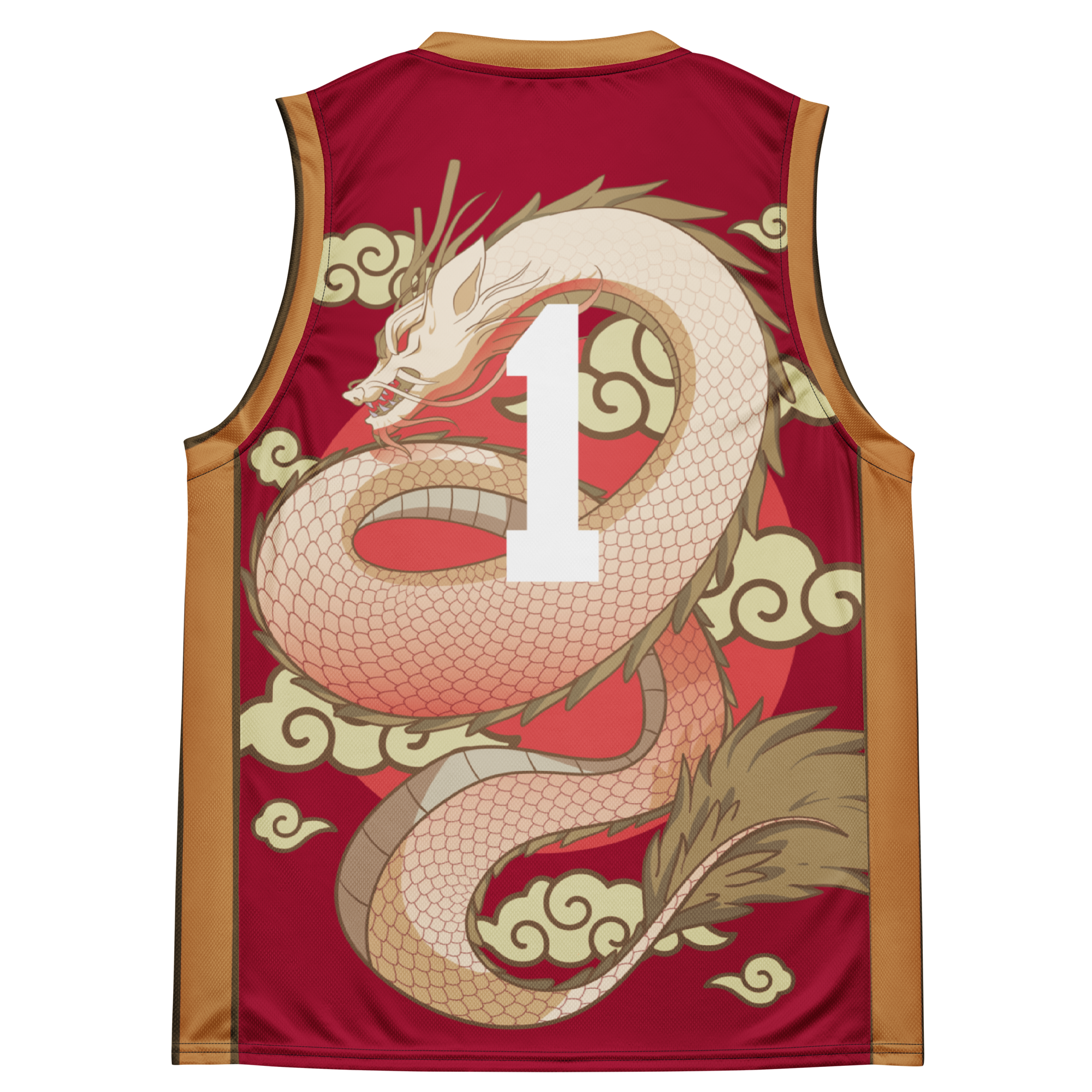
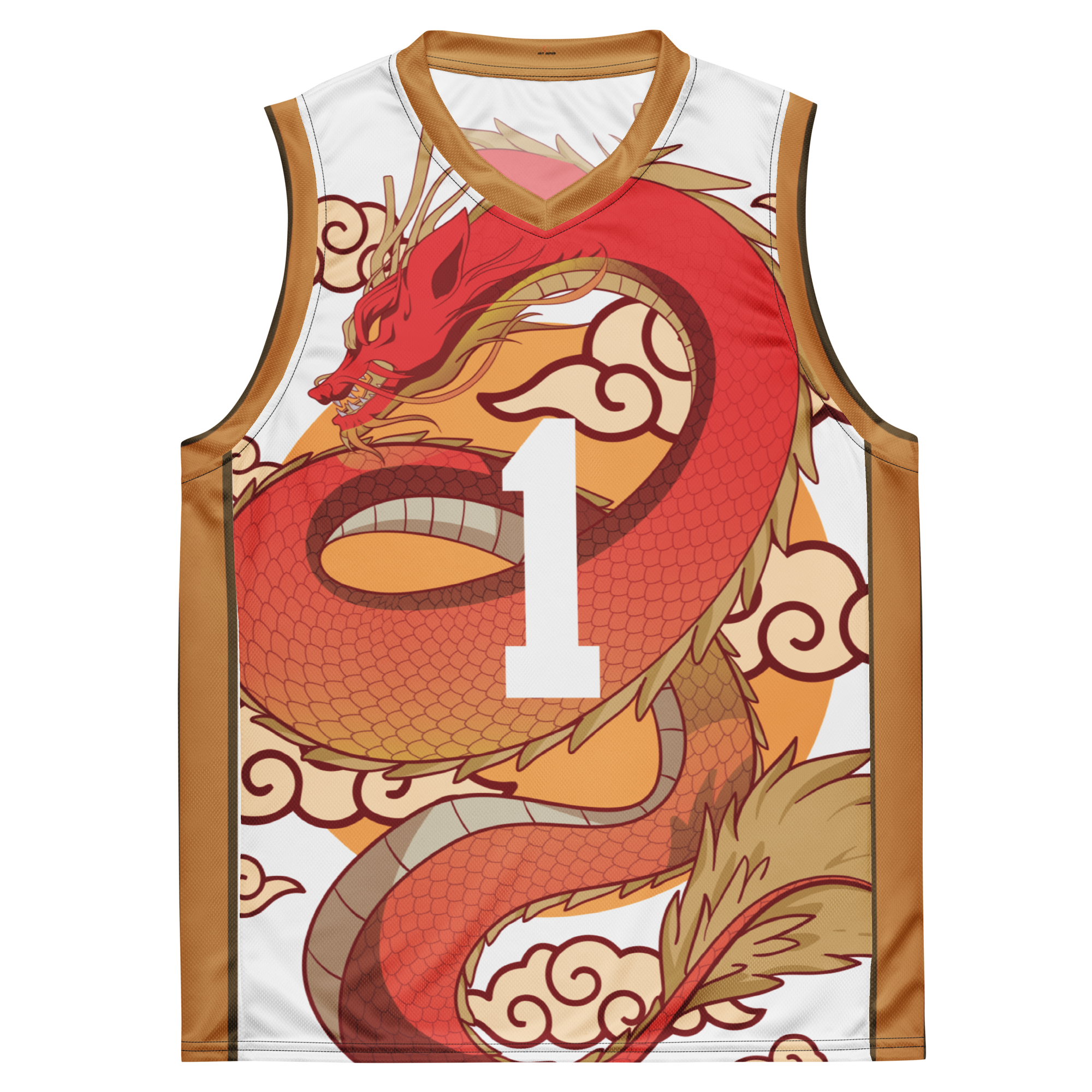
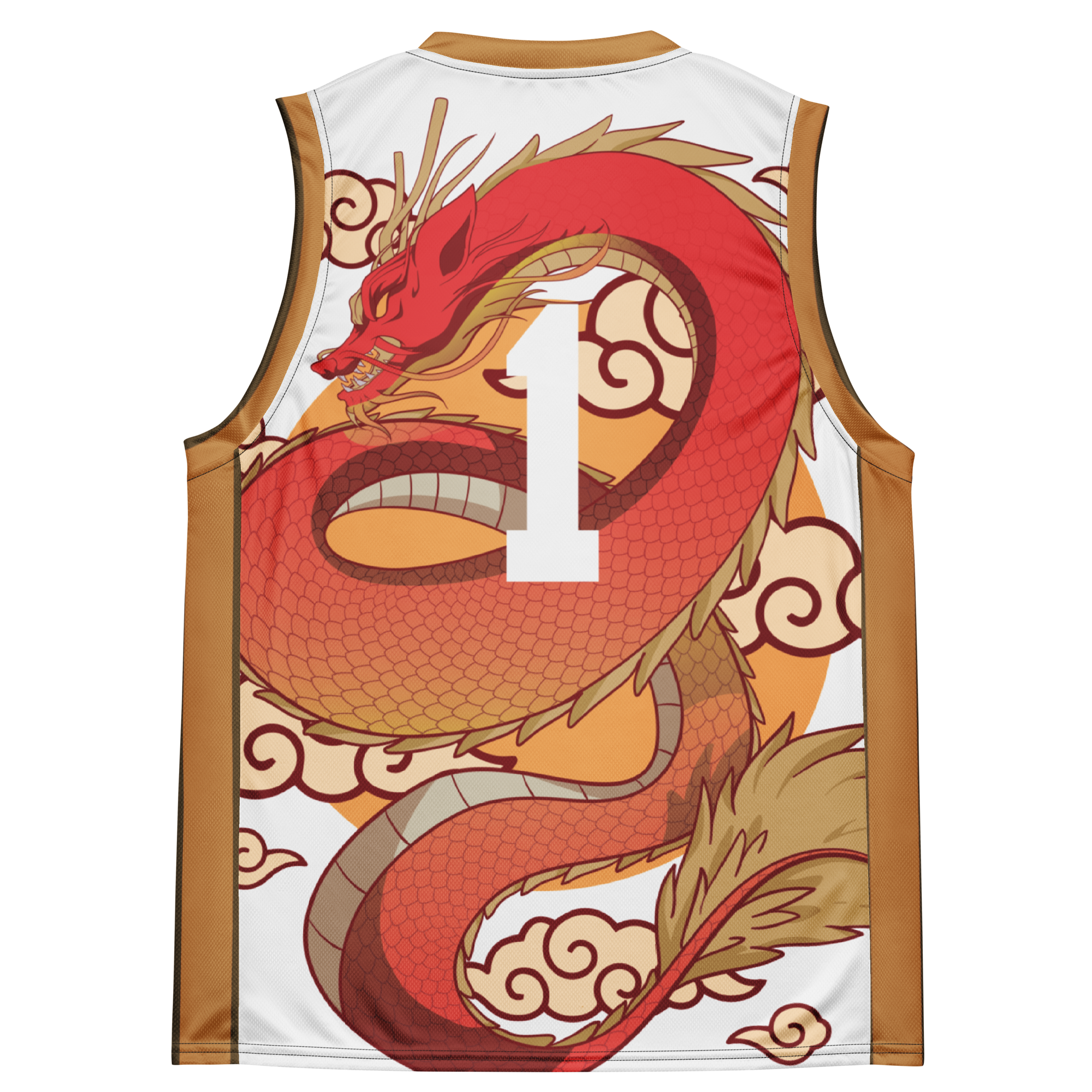
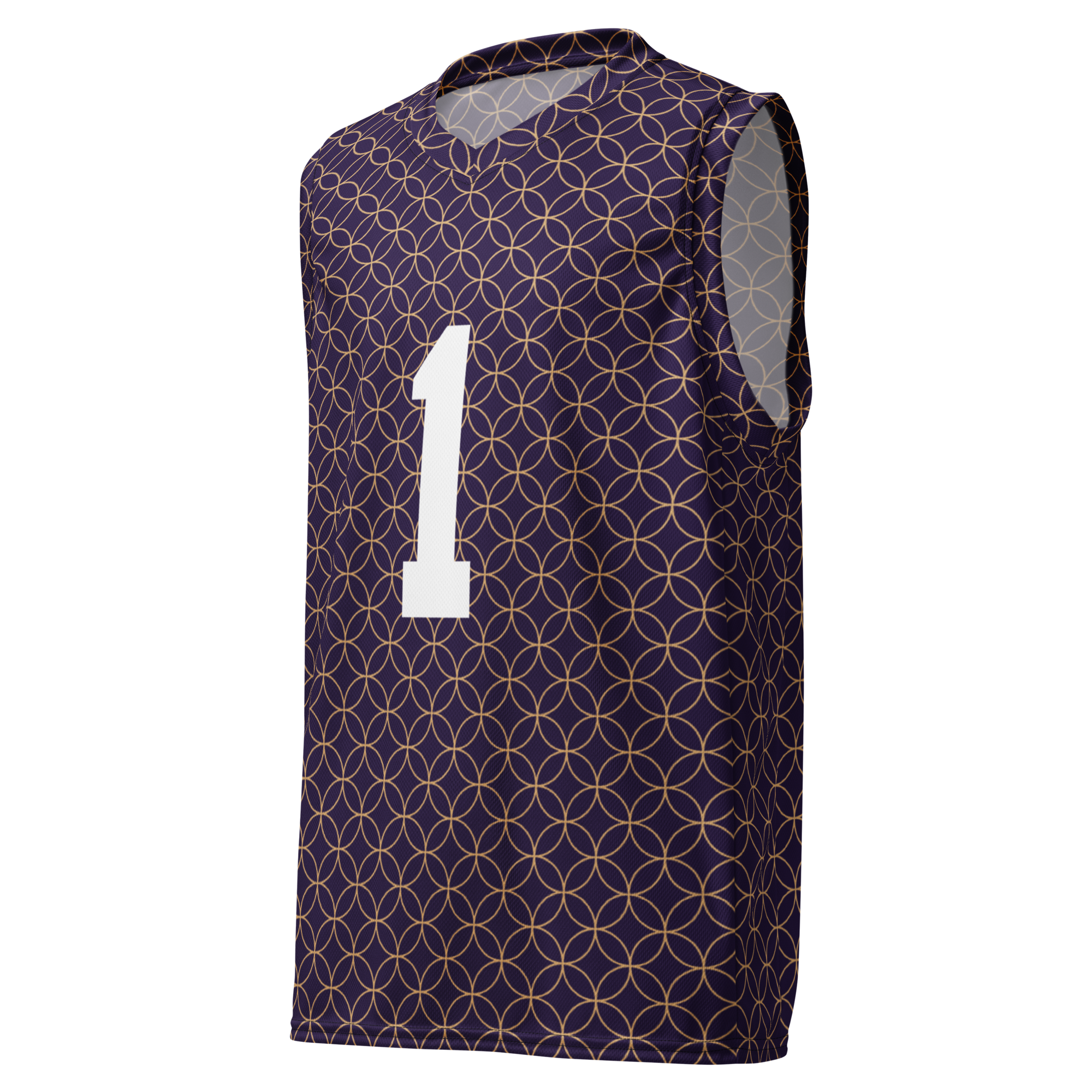
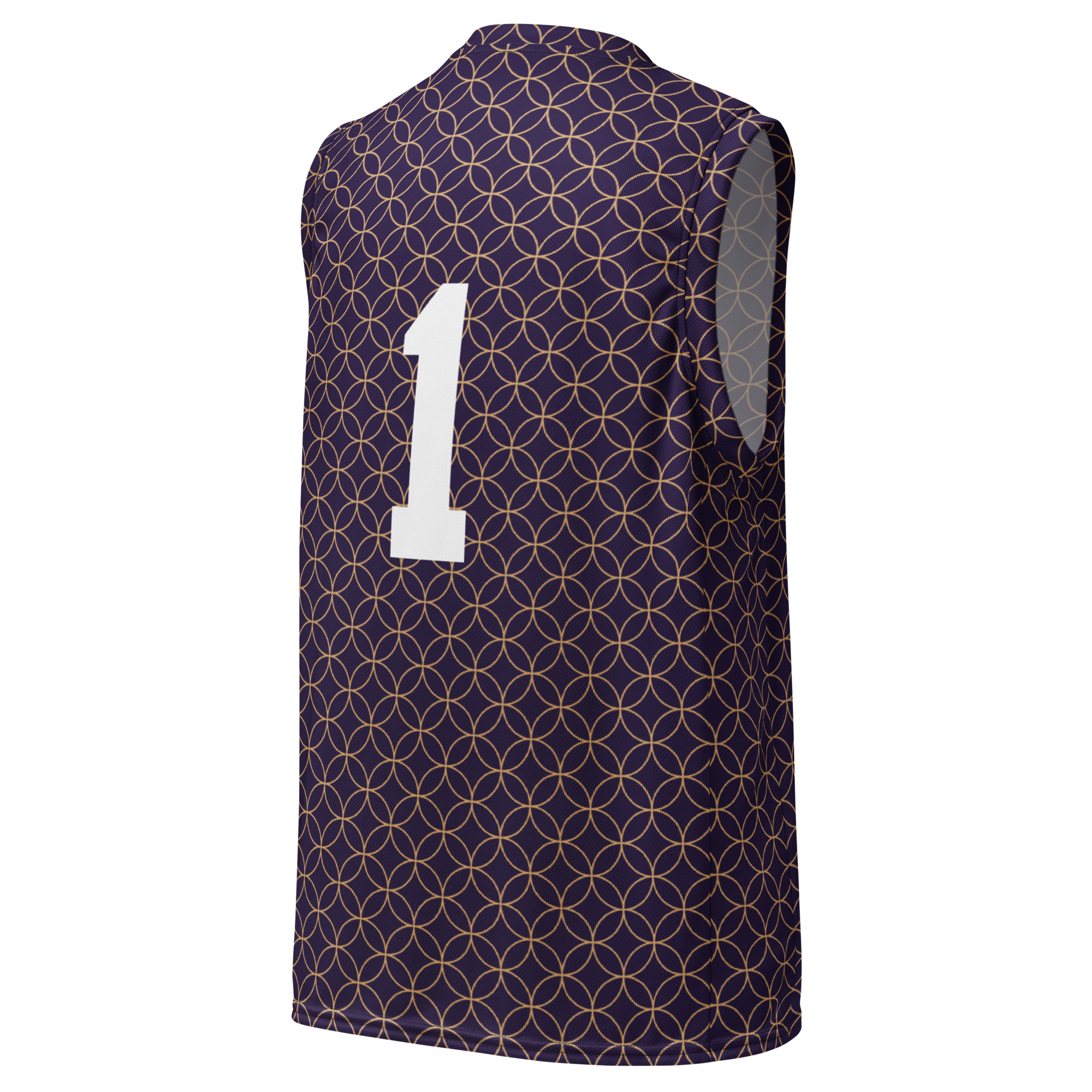
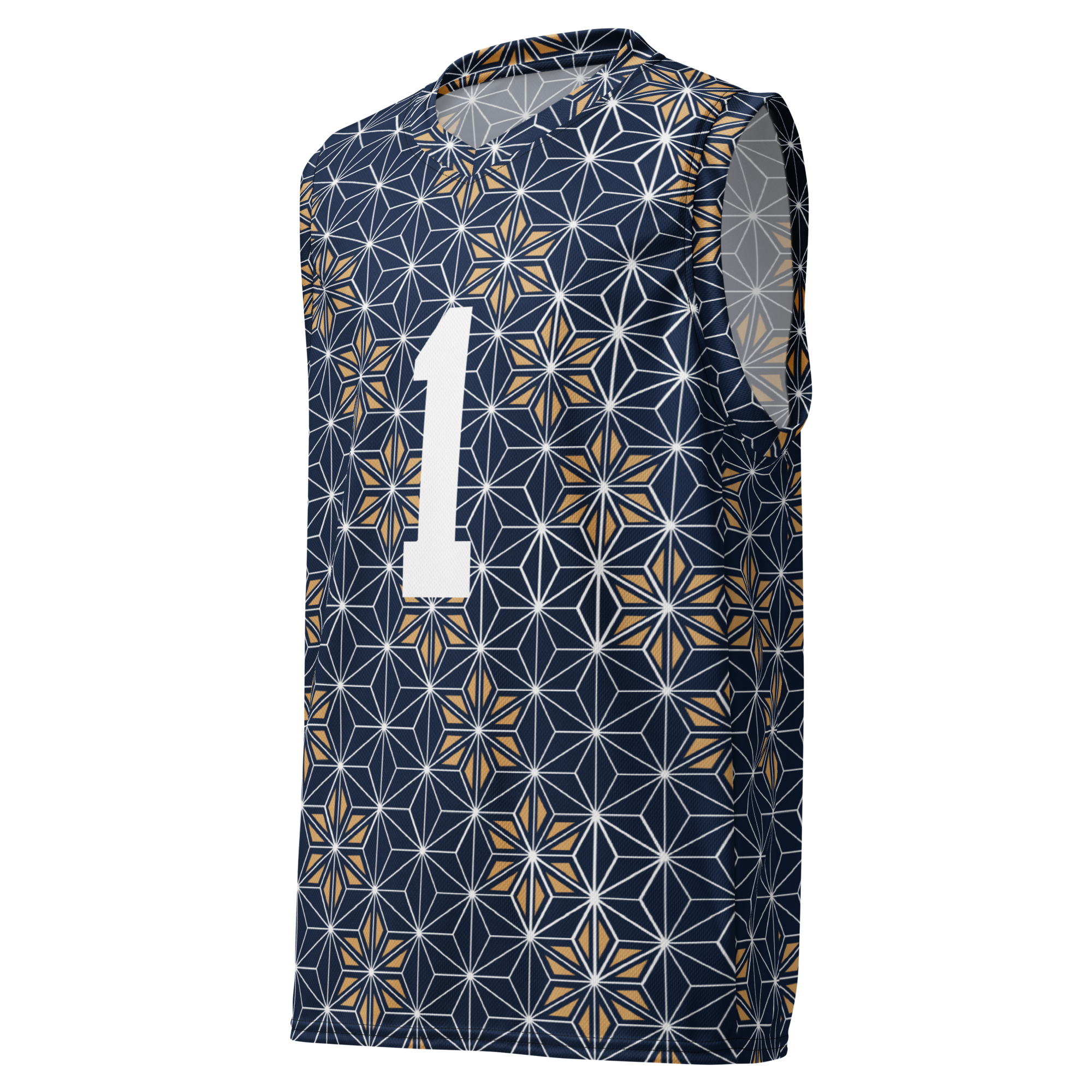

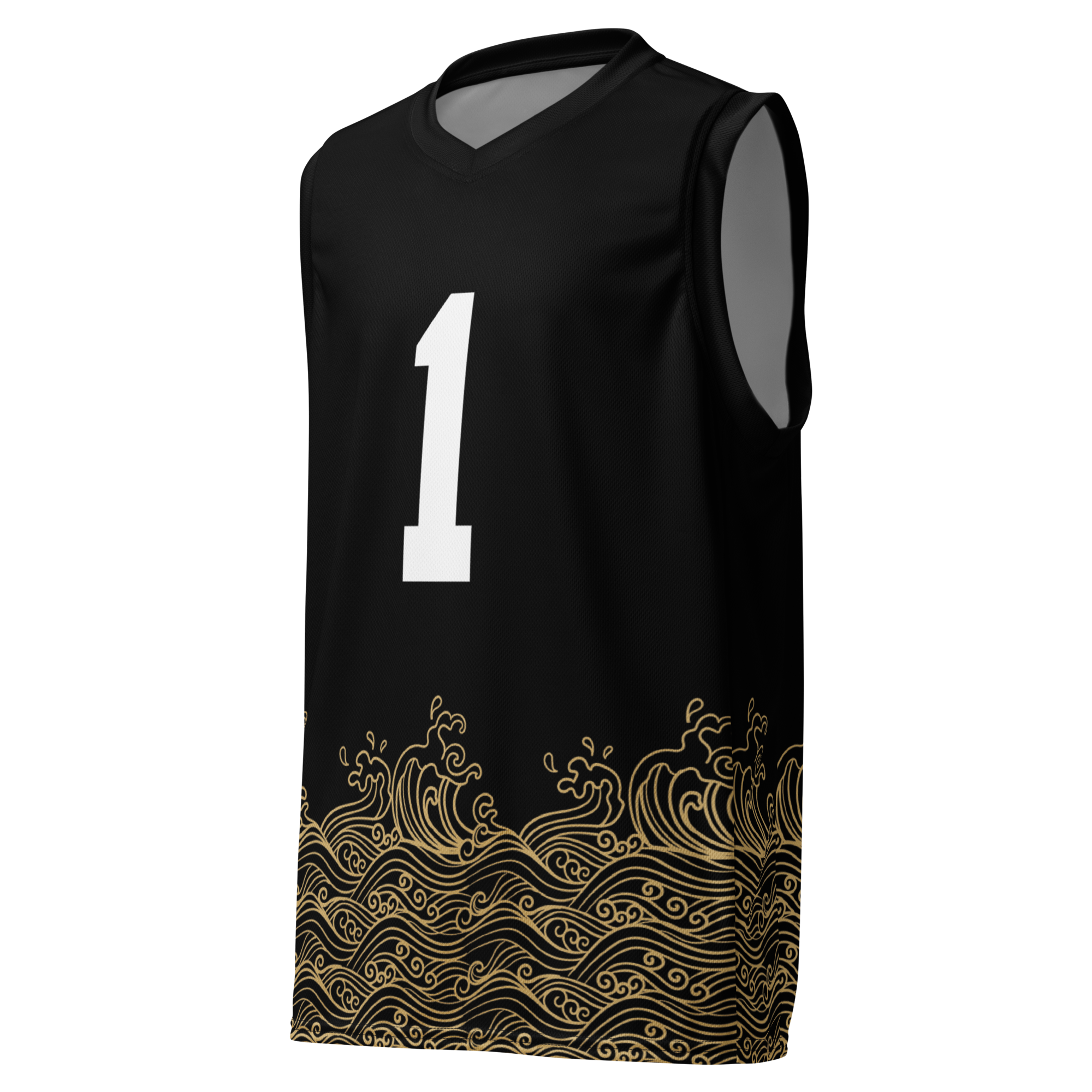
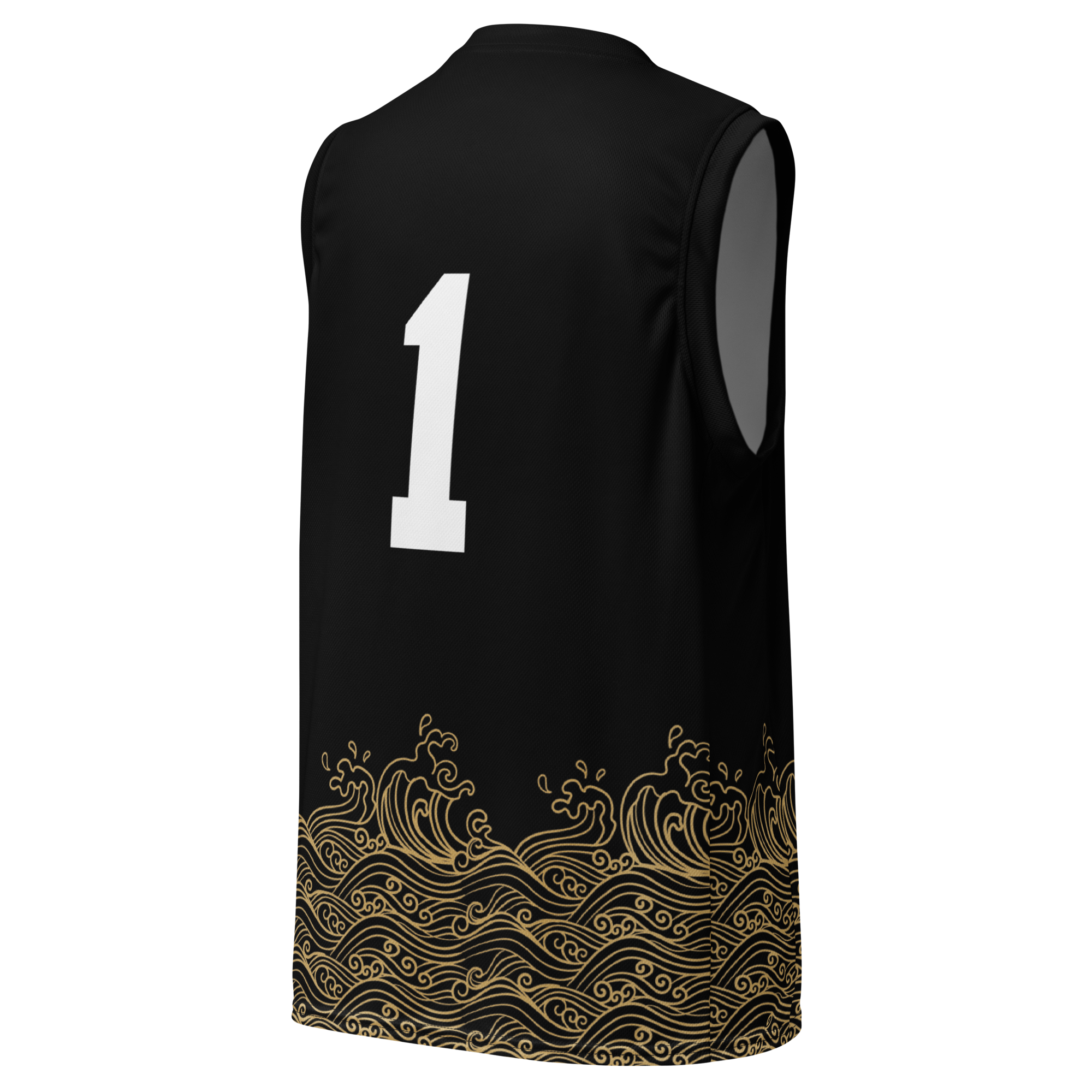
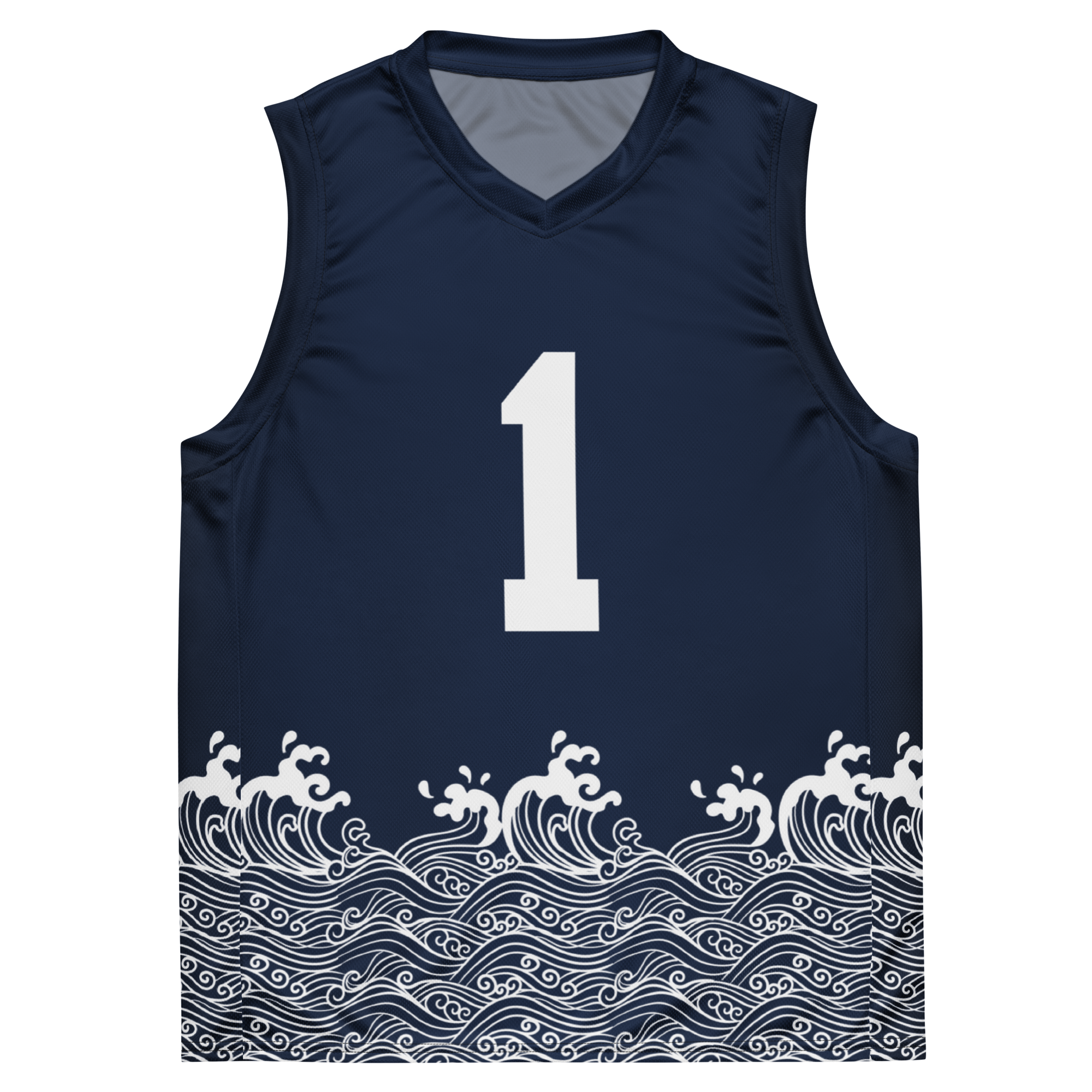
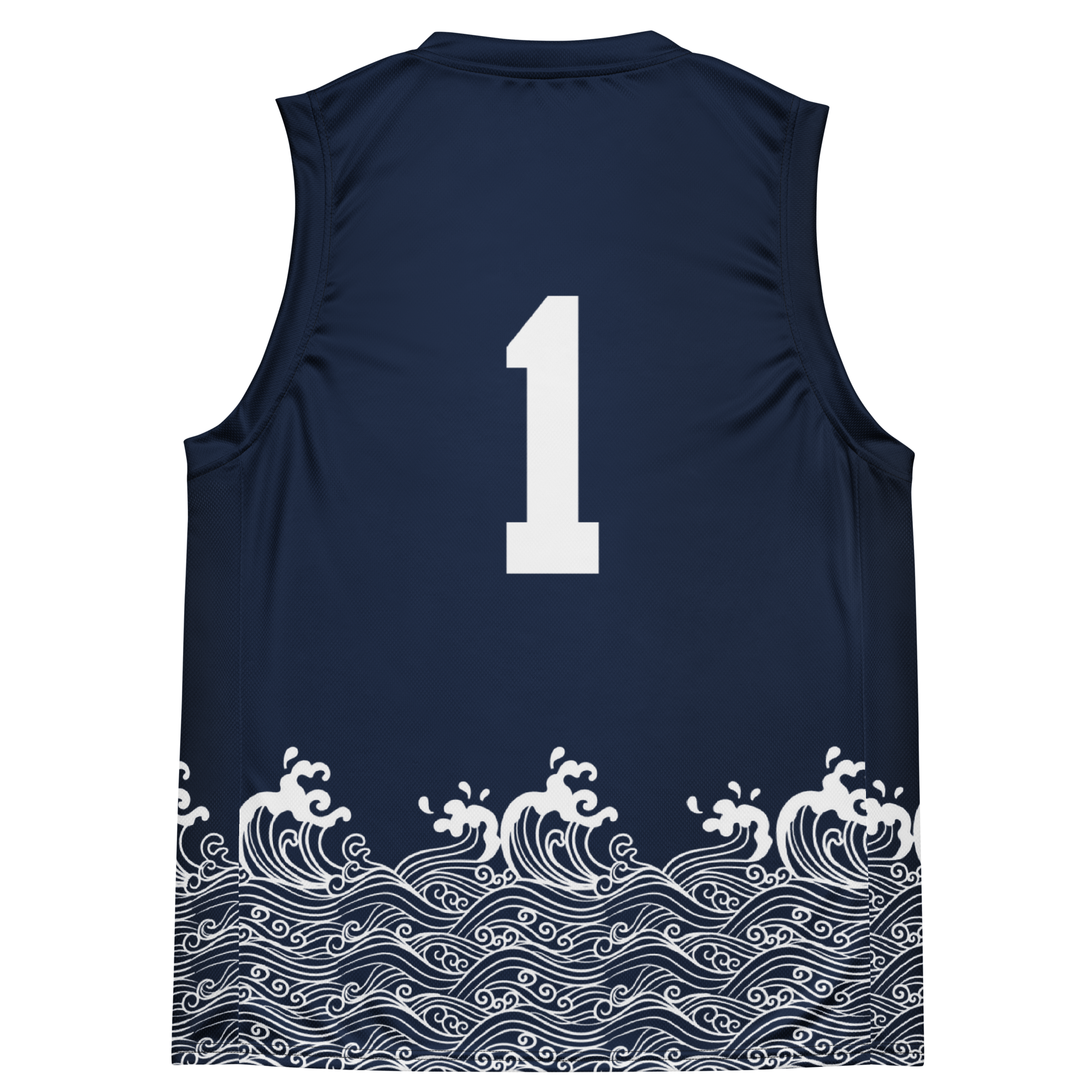
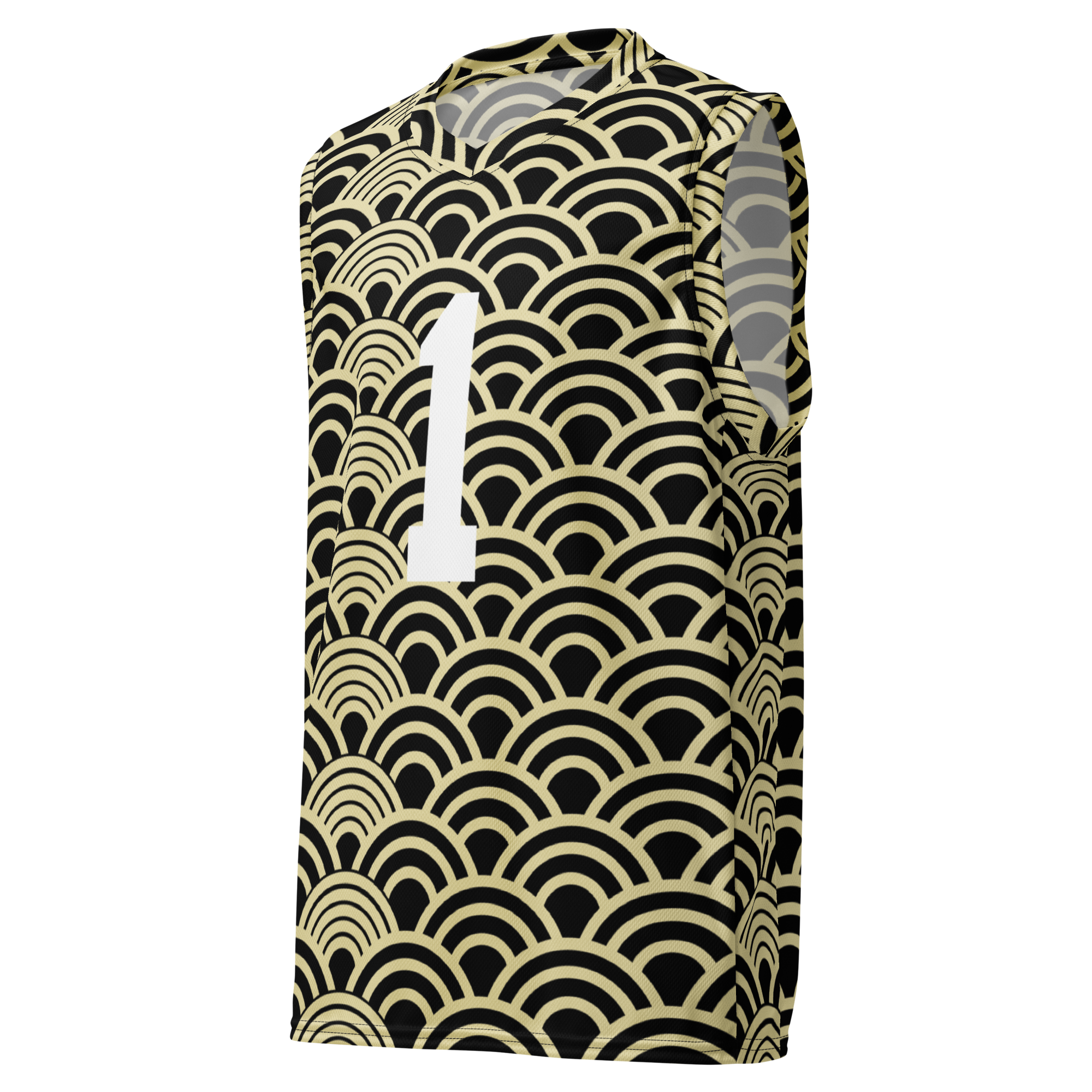

Leave a comment